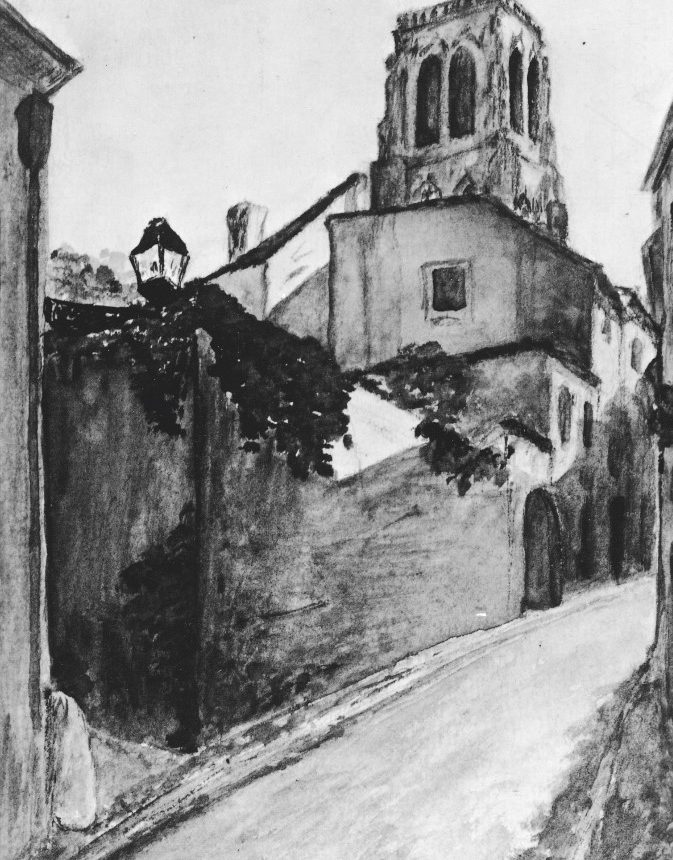Yehiel SPOLIANSKY
Январь 4, 2019Marc STERLING
Январь 4, 2019Манфред СТАРКХАУС
ФИРТ (ГЕРМАНИЯ) 1925 – ДЕПОРТИРОВАН В 1943 Г.
Родители Манфреда Старкхауса были поляками по происхождению. Скрываясь от погромов, они эмигрирова- ли в Германию, однако антисемитизм и расовые законы не позволили им остаться в стране. Семья Старкхаус обосновалась в Сен-Луи, рядом с Базелем, затем перебра- лась в Ош в Жере. Манфред Старкхаус получил среднее образование в Оше, у него в кармане оказался аттестат с отличием. Старкхаус постоянно писал и создал немало пейзажей. Почувствовав, что оставаться во Франции опасно, его мать в 1939 году решила эмигрировать в США. Из-за отсутствия средств ей не удалось осуществить задуманное. 24 февраля 1943 года Манфред Старкхаус был аре- стован и помещён в тюрьму в Оше. 2 марта 1943 года интернирован в Дранси. 4 апреля депортирован. Убит нацистами.
Stories of Jewish Artists of the School of Paris 1905-1939
FRENCH-ENGLISH
Capitale des arts, le Paris des années 1905-1939 attire les artistes du monde entier. De cette période de foisonnement, un terme est resté, celui d'Ecole de Paris, qui recouvre une grande diversité d'expression artistique. Dans ce brassage dont Montparnasse est le creuset, un groupe se distingue : celui des artistes juifs venus de Russie, de Pologne et d'Europe centrale. Si leurs styles sont variés, un destin commun les rassemble : ils fuient l'antisémitisme de leur pays d'origine. Certains ont connu la célébrité dès les années 1920, tels Soutine, Lipchitz ou Chagall. D'autres n'ont pas eu le temps ou la chance d'y accéder. Près de la moitié a péri dans les camps de concentration nazis.
From 1905 to 1939, Paris attracted artists from all over the globe as the capital of the art world. This period of artistic proliferation became known as the School of Paris, and includes a great diversity of artistic expression. Within the teeming art world centred on Montparnasse, one group set itself apart: Jewish artists from Russia, Poland, and Central Europe. Although their styles were diverse, they shared the common fate of fleeing anti-Semitic persecutions in their home countries. Some became famous in the 1920s, such as Soutine, Lipchitz, and Chagall, while others did not have the time or the luck to gain renown. Nearly half of these artists died in Nazi concentration camps.





